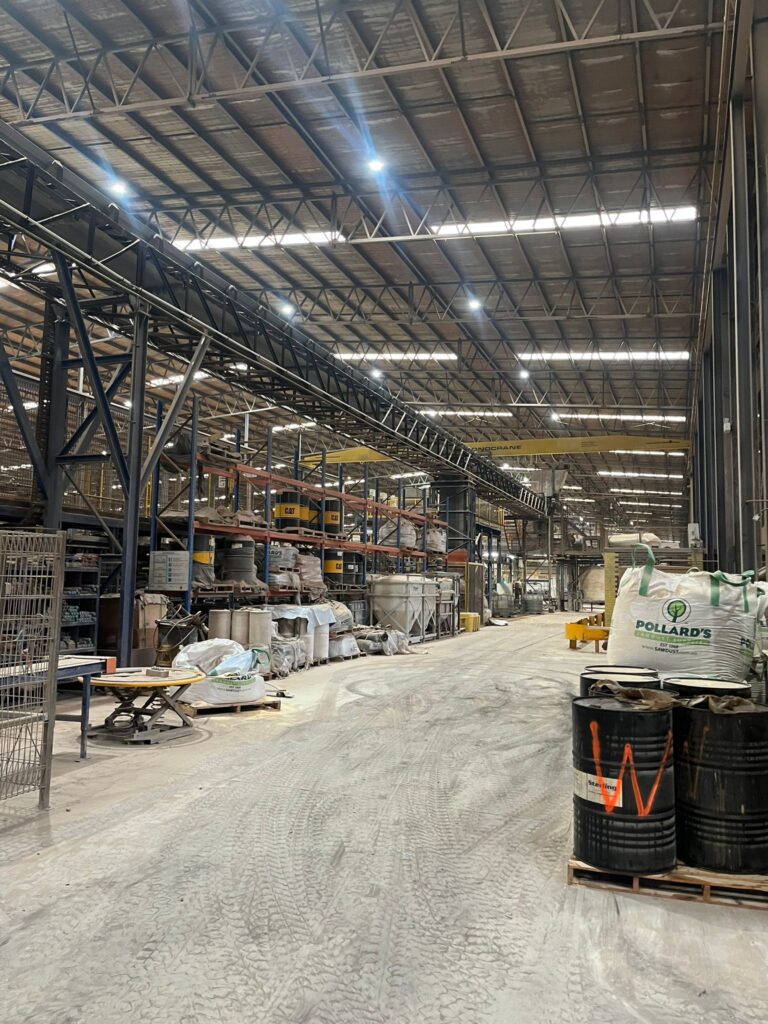We’ve grown accustomed to it: order by 10 PM for delivery the next morning. Many warehouses face the challenge of meeting this promise, often by handling as much as possible, as early as possible, to avoid being late. But this comes at the cost of productivity and process control. Is there a smarter way?
Let’s imagine a typical day in a warehouse operating on two shifts. The morning begins with some outbound activity, but most employees are focused on inbound tasks: getting new products into stock so they can be shipped to customers upon request.
As the morning progresses, customer order intake increases. In response, inbound activity is reduced to free up human capacity for picking goods – counting the items from their stock locations and placing them into bins or boxes, which are then pushed downstream in the process.
When evening approaches, inbound activity is nearly halted. The flow of incoming customer orders decreases, and picking slows as well. The focus shifts to packing and shipping, and so do the employees.
In the evening, picking is limited to those orders that come in late – but before 10 PM. The outbound area becomes crowded. The last items must be packed and loaded onto the last truck just before it leaves the dock. Cut-off time! We did it: all orders are shipped on time! After a brief rest, the staff moves back to inbound tasks, preparing for the next day.
It’s a bit like kids’ soccer. Shop floor managers – often found in the middle of the action – act as coaches, motivating the staff to chase the ball, directing the swarm of warehouse operators.
This dynamic causes the warehouse butterfly effect: variations in customer demand are amplified by the way the work is managed, often driven by the fear of not being ready on time. The result? Tsunamis of work flood downstream departments, creating a need for additional staff sent from upstream departments.
Is there a better way?
Yes, there is. It’s called flow.
Even better, the data you need to establish this is already in your system! No additional investment is required; it’s about transforming available scanner data into actionable information. Visualizing where the tsunamis begin and where productivity is lost allows you to create flow and control, revealing opportunities for improvement.
We’d be happy to tell you more!







